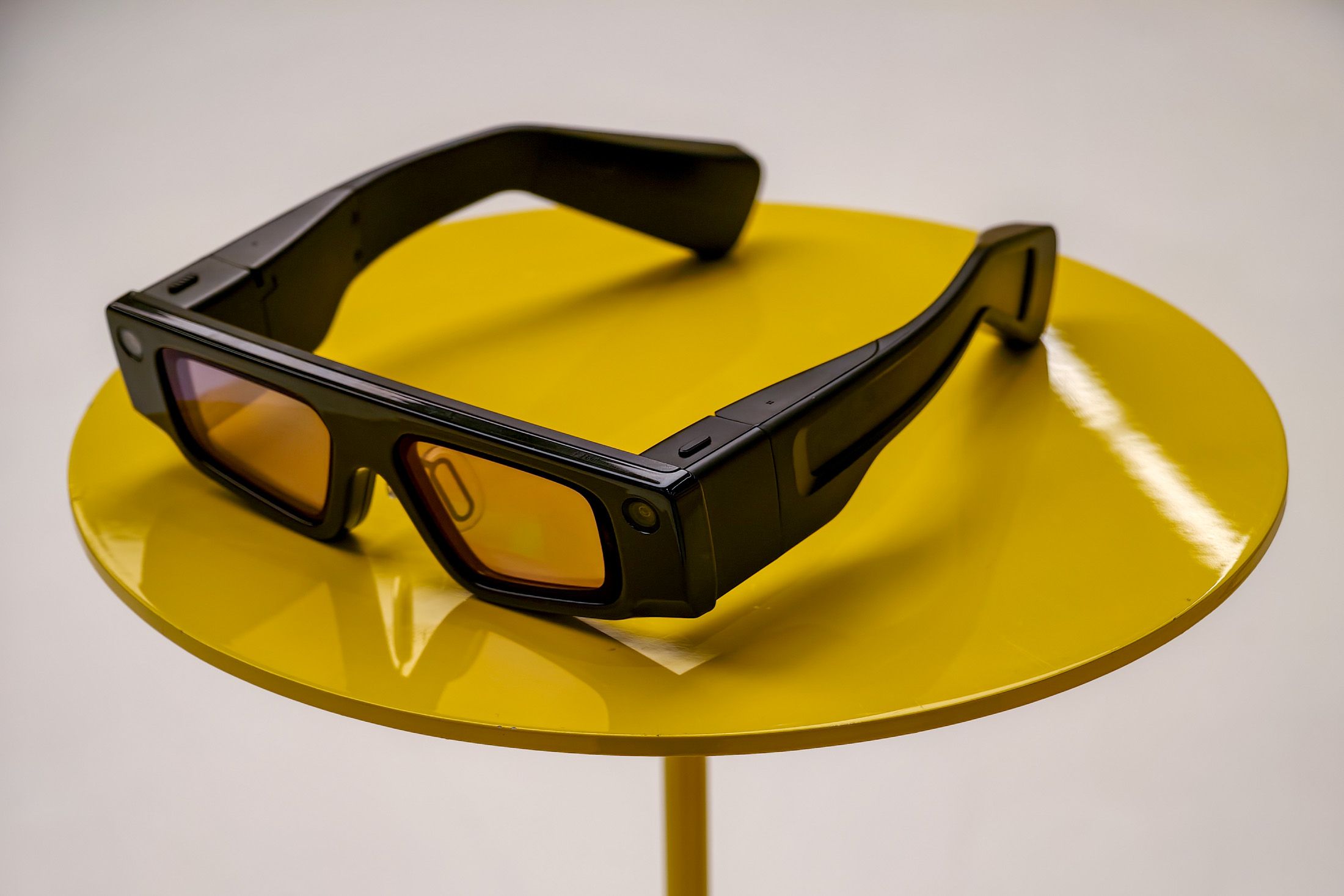Snap just dropped Snap OS 2.0, and it's surprisingly mundane - web browsing, photo galleries, and translation apps. But that's exactly the strategy. Instead of flashy AR gimmicks, the company's betting on practical tools that might actually convince consumers to wear AR glasses when they launch in 2026. This software update signals Snap's pivot from novelty to necessity in the AR race.
Snap just made AR glasses boring, and that might be their smartest move yet. The company's new Snap OS 2.0 update ditches the whimsical filters and party tricks that defined earlier Spectacles in favor of something far more radical - useful software that people might actually want to use daily. One year after revealing fifth-generation Spectacles exclusively to developers, Snap is showcasing the foundation for what could become the first mainstream AR glasses worth wearing. The timing isn't coincidental. With consumer Spectacles still slated for 2026 and competition heating up from Meta and Apple, Snap needs to prove its AR platform can handle everyday computing tasks, not just social media stunts. The new OS delivers exactly that kind of practical foundation. The most significant addition is an overhauled web browser optimized for the unique constraints of AR computing. Users can now speak URLs instead of fumbling with virtual keyboards, bookmark sites, and resize windows - basic features that desktop users take for granted but represent major engineering challenges on lightweight AR hardware. The Verge's hands-on testing confirmed YouTube videos stream smoothly with full playback controls, suggesting the platform can handle demanding content consumption. What's more telling is what Snap chose not to prioritize. There's no dedicated YouTube app or major social platform integration beyond Snap's own Spotlight feature. Instead, the company built a gallery app that finally lets users watch their own recorded videos directly on the glasses - a feature that sounds basic but required significant optimization work. The translation capabilities showcase both Snap's AI ambitions and current limitations. Voice-to-text translation supports over 40 languages but takes roughly 10 seconds per translation, making natural conversation nearly impossible. The Super Travel app, which translates text in your field of view like Google Translate's camera mode, currently displays results in separate windows rather than overlaying them on source text. These aren't polished consumer features yet, but they demonstrate Snap's commitment to solving real-world problems that AR glasses could uniquely address. The company's emphasis on third-party development reveals another strategic calculation. Qi Pan, Snap's director of computer vision engineering, acknowledged that Spectacles won't succeed with just "Spotlight and a web browser." The platform needs a robust developer ecosystem, and today's announcement serves partly as a recruitment pitch to convince more creators that Snap's AR vision has commercial viability. This developer-first approach mirrors successful platform launches from and , but it also highlights Snap's current hardware limitations. The existing developer Spectacles remain bulky, uncomfortable after extended use, and deliver just 45 minutes of battery life - what Pan diplomatically calls "a very tricky problem" for AR glasses without external battery packs. Those hardware constraints won't disappear overnight, but Snap's software-first strategy gives the company time to refine both the developer platform and consumer experience. has described the future of AR as "a new kind of computer" that's "personalized, contextual, and shared" - buzzwords that could describe any tech platform, except for that crucial last element. Snap's social DNA differentiates it from competitors like , which pitched AR as a productivity tool, or , whose social focus increasingly feels corporate rather than cultural. Pan emphasizes avoiding the "social isolation" of VR by maintaining connection to both the physical world and other people. That philosophy explains why Snap baked multiplayer features and social sharing into Spectacles from the beginning, rather than treating them as afterthoughts. The company's betting that AR's killer app isn't workplace productivity or immersive entertainment, but enhanced social interaction that feels natural rather than forced. Market dynamics support this positioning. Ray-Ban partnership has proven consumers want smart glasses that blend into existing fashion choices, not bulky devices that advertise their technological sophistication. Vision Pro, despite impressive technical capabilities, struggles with mainstream adoption due to its isolating user experience and premium pricing. Snap occupies the sweet spot between these approaches - more capable than current smart glasses but more socially integrated than computing-focused vision. The real test comes in 2026, when Snap promises to launch consumer Spectacles at a price point below the Vision Pro's $3,499 starting cost. Success will depend on whether the company can shrink the hardware significantly while maintaining software capabilities, attract enough developers to create compelling third-party apps, and convince mainstream consumers that AR glasses solve problems they actually have. Snap OS 2.0 represents the first concrete step toward answering those challenges, prioritizing practical functionality over flashy demonstrations. It's a remarkably mature approach from a company known more for disappearing messages than enterprise software development.
